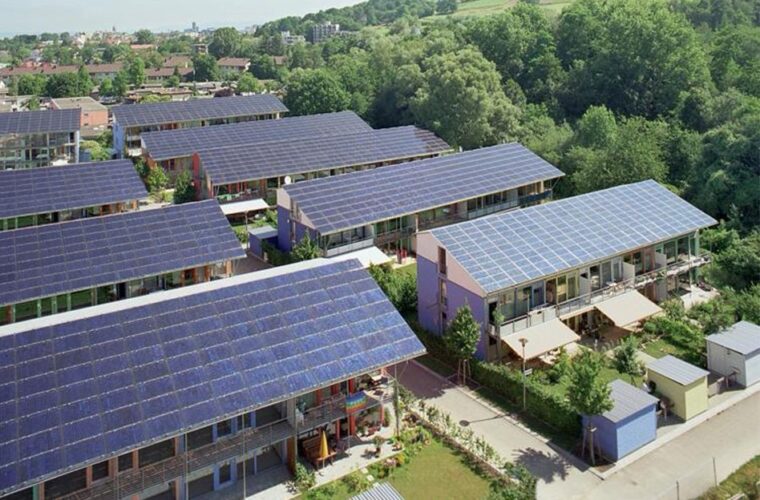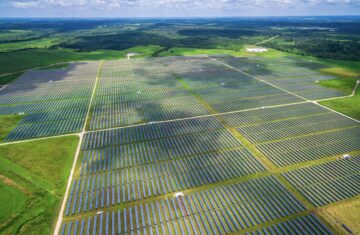The Bright Future of Solar Power in Germany
Germany has long been a global leader in the adoption and integration of renewable energy sources, and solar power has been a major focus of the country’s clean energy efforts. As the world continues to grapple with the pressing need to transition away from fossil fuels and towards sustainable, carbon-free alternatives, Germany’s solar energy landscape offers valuable insights and lessons for other nations seeking to accelerate their own renewable energy transitions.
Germany’s Solar Energy Landscape
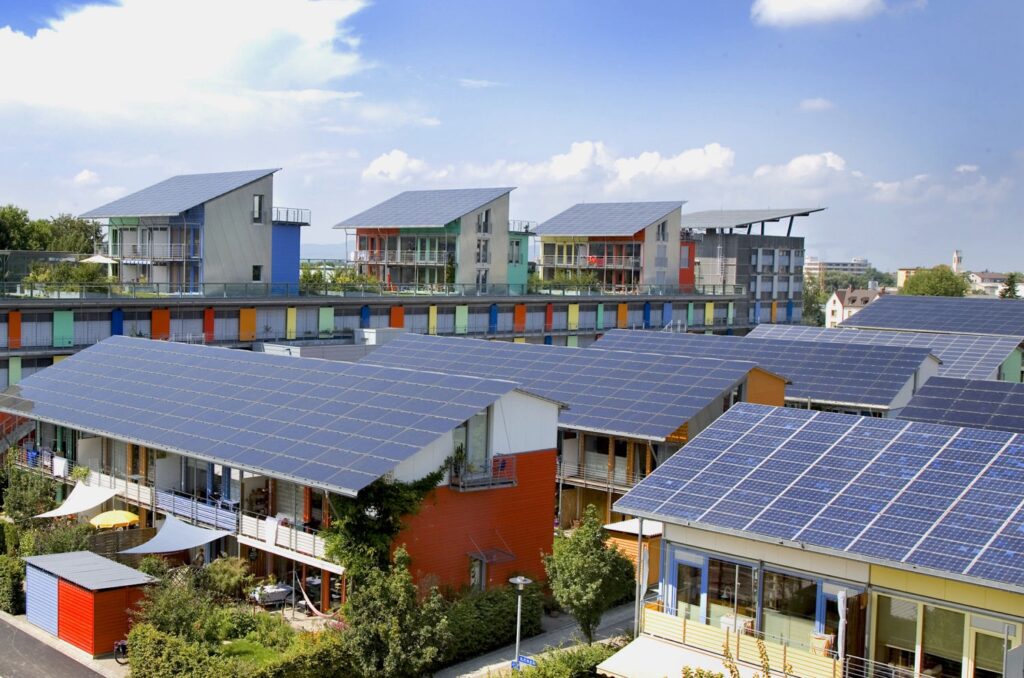
According to the latest data from the German Federal Ministry for Economic Affairs and Climate Action, as of the end of 2022, Germany had a total installed solar photovoltaic (PV) capacity of 59.2 gigawatts (GW). This represents a significant increase from the country’s solar PV capacity of just 1 GW in the year 2000, highlighting the rapid growth and adoption of solar energy in Germany over the past two decades.
Solar Energy Generation in Germany
In 2022, solar energy generation in Germany reached a record high of 57.6 terawatt-hours (TWh), accounting for approximately 10.5% of the country’s total electricity generation. This represents a significant increase from the 38.2 TWh of solar energy produced in 2019, reflecting the substantial investments and policy support that have driven the expansion of the solar sector in recent years.
Solar Energy Capacity and Deployment
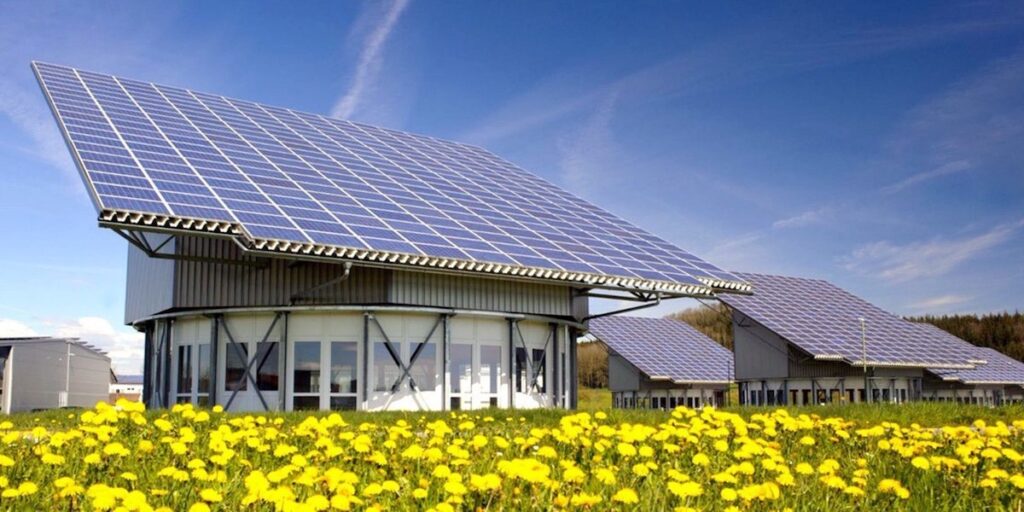
Germany’s solar energy capacity has grown steadily over the past decade, with the country adding an average of around 4 GW of new solar PV capacity per year since 2012. This growth has been driven by a combination of factors, including favorable government policies, declining solar technology costs, and increasing public awareness and demand for renewable energy solutions.
Policies and Incentives for Solar Energy in Germany
The German government has implemented a range of policies and incentives to support the growth of the solar energy sector, including:
The Renewable Energy Sources Act (EEG)
The Renewable Energy Sources Act (Erneuerbare-Energien-Gesetz, or EEG) is the central policy framework that has underpinned the expansion of renewable energy in Germany since its introduction in 2000. The EEG mandates that grid operators must give priority to renewable energy sources, and it provides feed-in tariffs and other financial incentives to encourage the deployment of solar, wind, and other renewable technologies.
Solar Roof Incentive Program
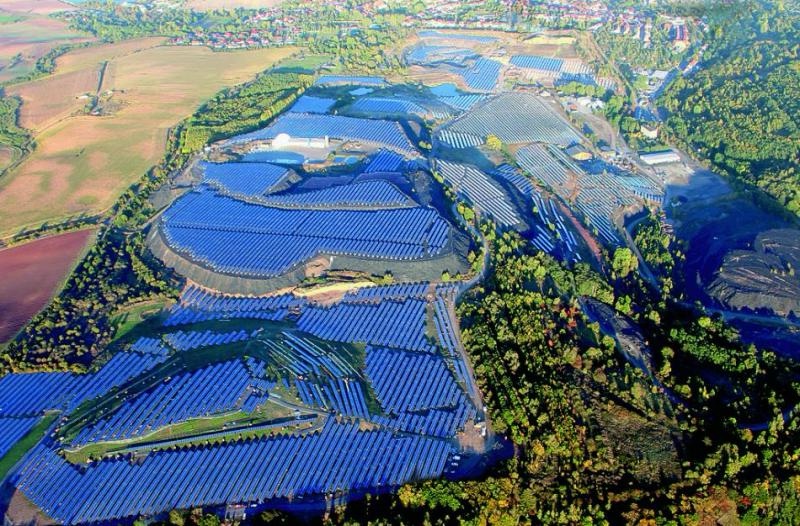
In addition to the EEG, the German government has also introduced the Solar Roof Incentive Program (Solarstromspeicher-Förderung), which provides financial support for the installation of rooftop solar PV systems and associated energy storage systems. This program has helped to drive the growth of residential and commercial solar installations across the country.
Tax Incentives and Rebates
Germany also offers a range of tax incentives and rebates to encourage the adoption of solar energy, including investment tax credits, accelerated depreciation, and exemptions from energy taxes for self-consumed solar electricity.
Challenges and Opportunities for Solar Energy in Germany
While Germany’s solar energy sector has experienced remarkable growth in recent years, the country also faces a number of challenges and opportunities as it continues to work towards its renewable energy goals.
Grid Integration and Infrastructure Challenges
One of the key challenges facing the solar energy sector in Germany is the need to ensure the reliable integration of large-scale solar PV installations into the country’s electrical grid. As the share of solar and other intermittent renewable sources in the energy mix has grown, grid operators have had to adapt their infrastructure and management strategies to maintain grid stability and reliability.
Continued Cost Reductions and Technological Advancements
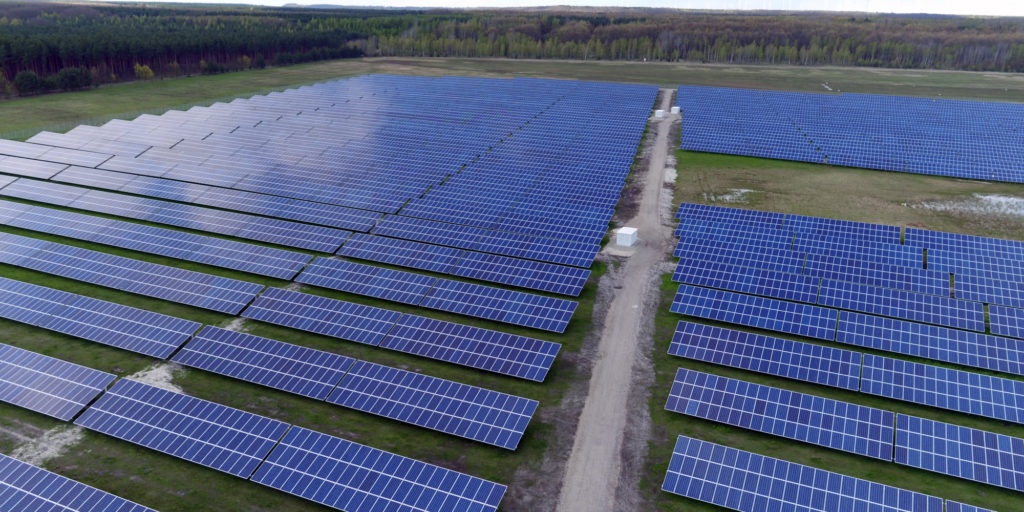
Despite the significant progress that has been made in the cost-competitiveness of solar PV technology, there remains room for further cost reductions and technological advancements that could help to drive even greater adoption of solar energy in Germany. Researchers and industry players are continuously working to improve the efficiency, durability, and manufacturing processes of solar PV systems, as well as to develop innovative storage solutions and other complementary technologies.
Regulatory and Policy Considerations
As Germany continues to work towards its ambitious renewable energy targets, policymakers will need to carefully navigate a range of regulatory and policy challenges, including the need to balance the interests of different stakeholders, to ensure a fair and equitable transition to a low-carbon energy system.
Conclusion
Germany’s solar energy sector has made remarkable strides in recent years, driven by a combination of favorable government policies, declining technology costs, and growing public demand for renewable energy solutions. As the country continues to work towards its ambitious renewable energy targets, the solar energy industry will undoubtedly play a pivotal role in shaping the future of the country’s energy landscape.
Despite the challenges that lie ahead, the bright future of solar power in Germany is undeniable, and the lessons and insights gained from the country’s experiences will be invaluable for other nations seeking to accelerate their own transitions to a sustainable, low-carbon future.
